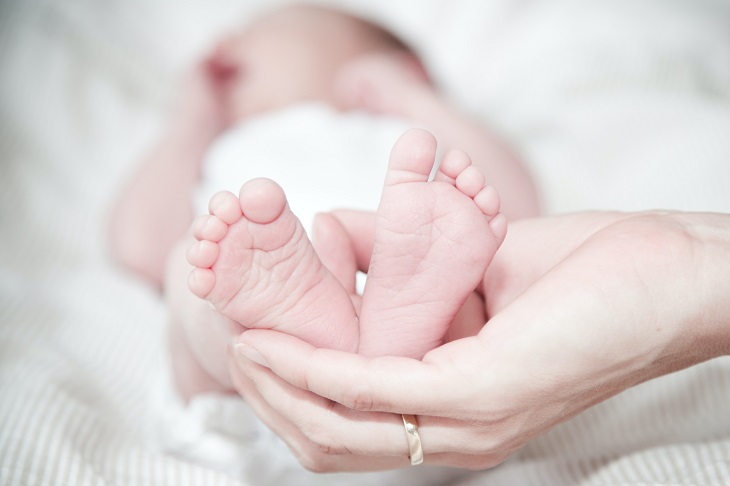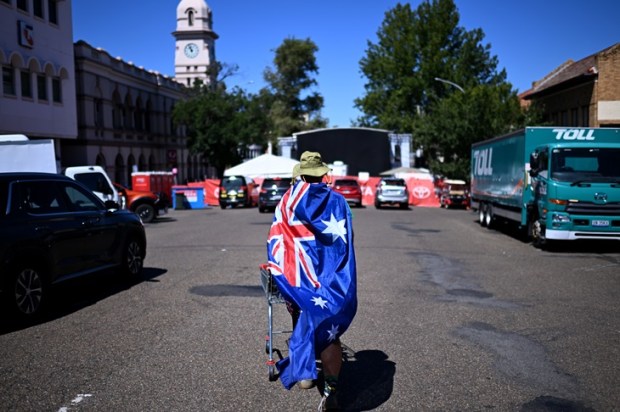This was not the first time I marched at a Walk for Life, but it was the first time I attended with my wife, who volunteers at a pregnancy support centre, and who is expecting our first child (Tada!), whom we call Lil’ Chillun.
Having my own unborn baby present would perhaps have added more poignancy to the experience if I was a more sentimental man.
Already a subscriber? Log in
Subscribe for just $2 a week
Try a month of The Spectator Australia absolutely free and without commitment. Not only that but – if you choose to continue – you’ll pay just $2 a week for your first year.
- Unlimited access to spectator.com.au and app
- The weekly edition on the Spectator Australia app
- Spectator podcasts and newsletters
- Full access to spectator.co.uk
Or


























Comments
Don't miss out
Join the conversation with other Spectator Australia readers. Subscribe to leave a comment.
SUBSCRIBEAlready a subscriber? Log in